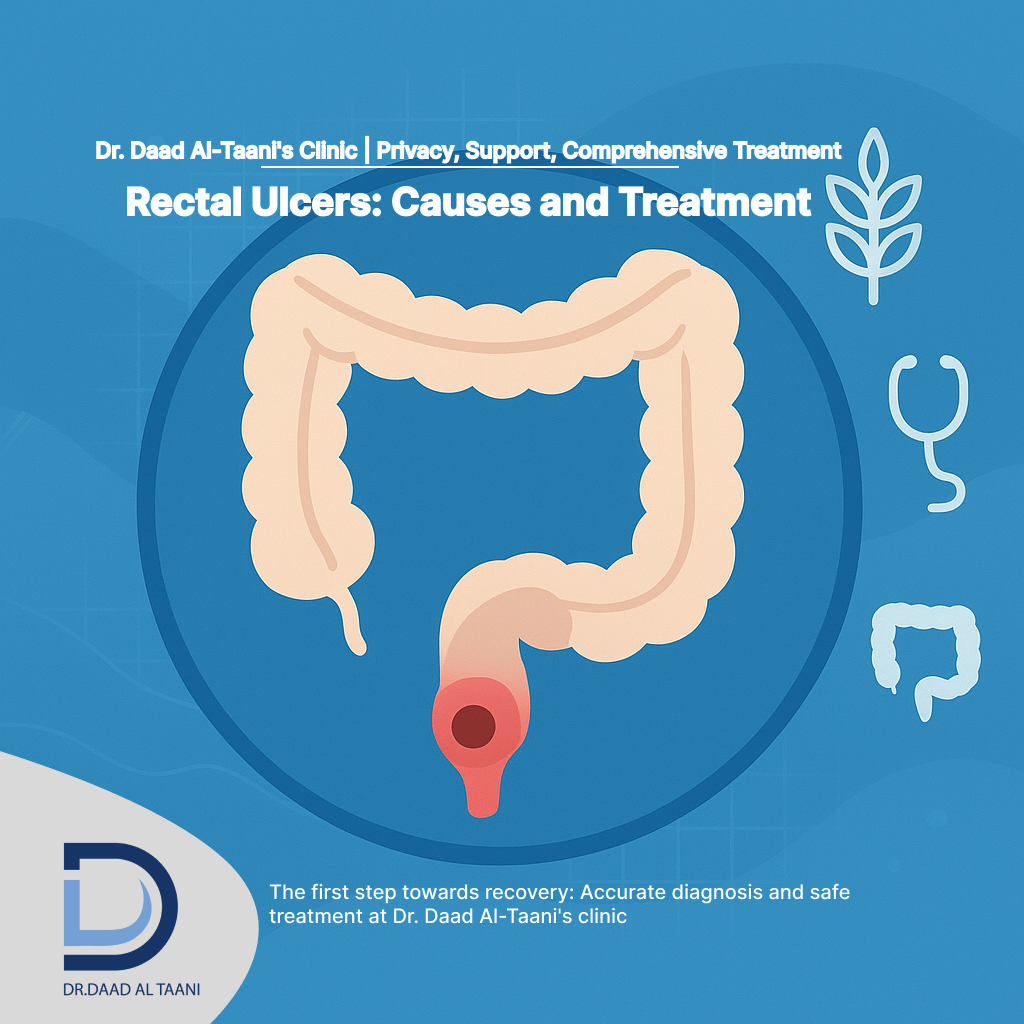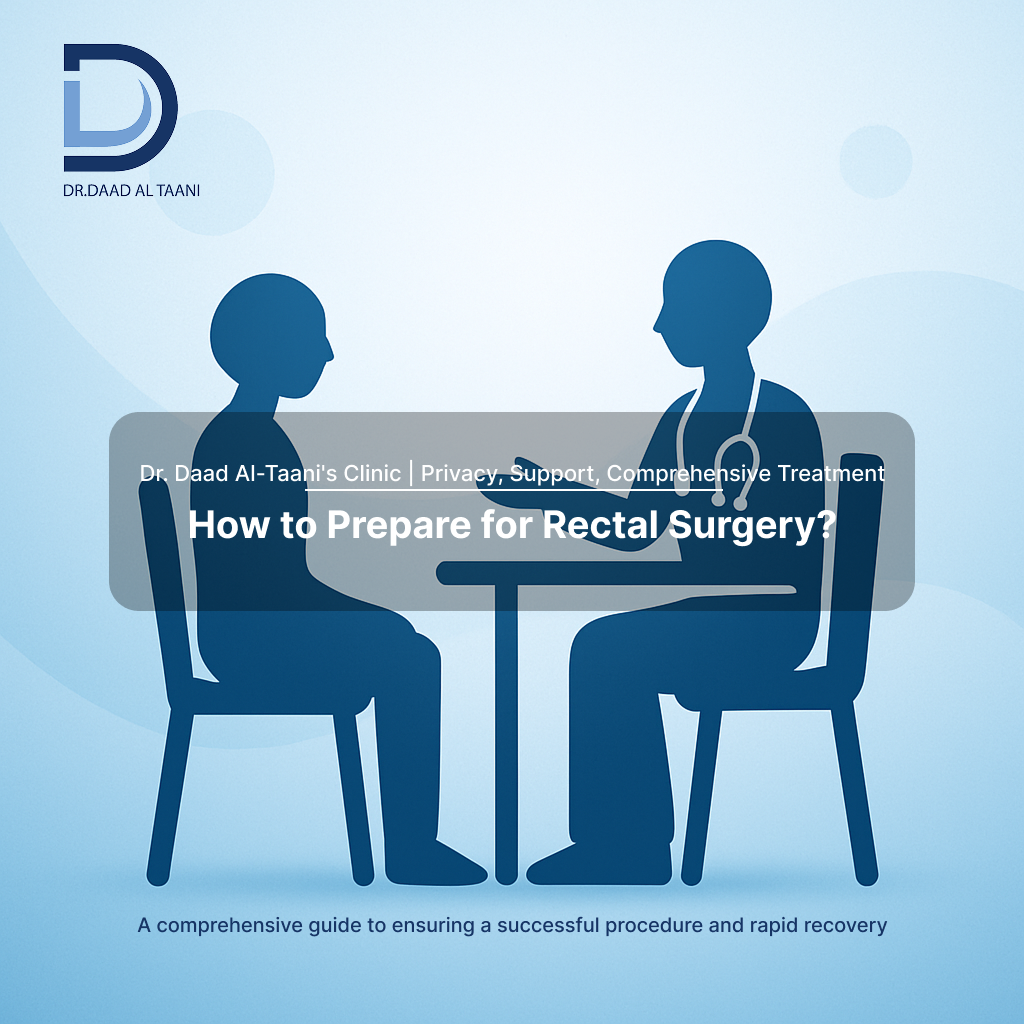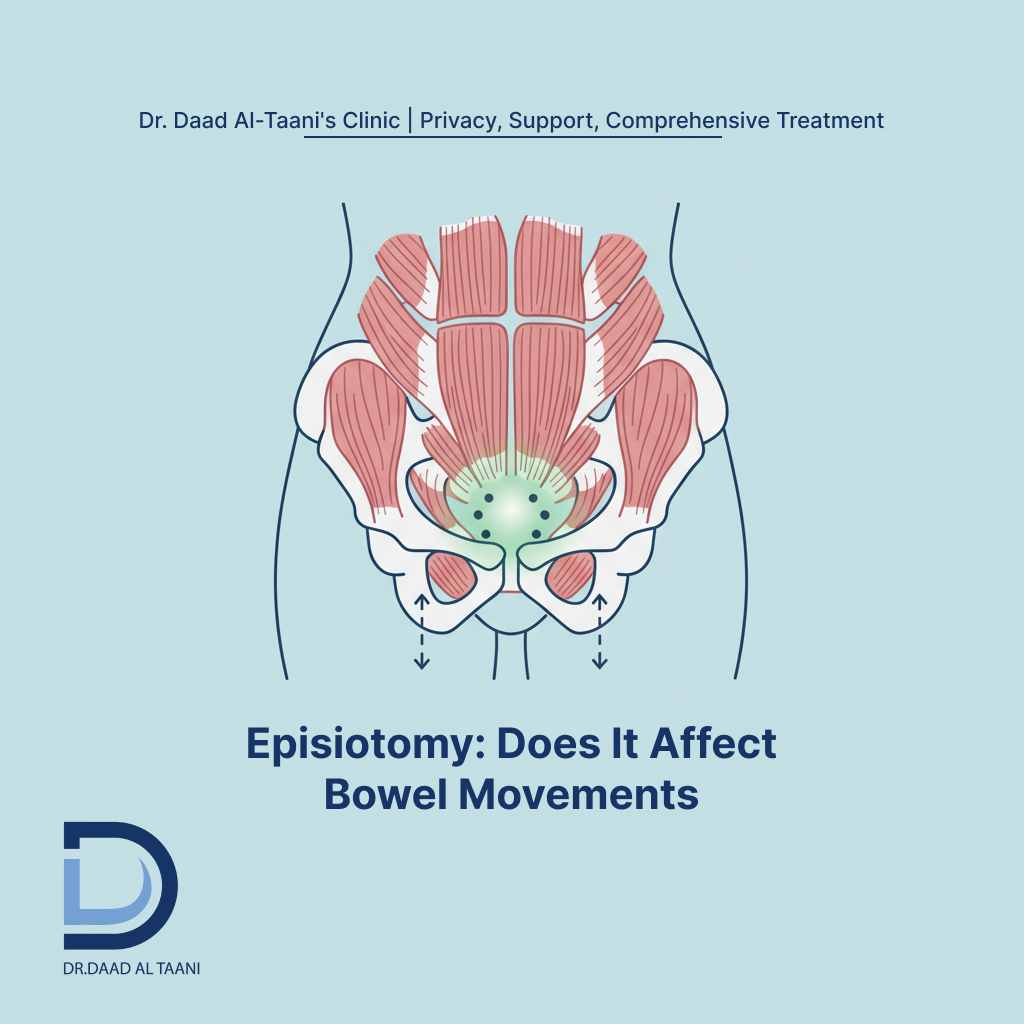Rectal Prolapse: A Common Health Issue That Requires Accurate Diagnosis
Rectal prolapse is a condition that directly affects quality of life and may cause discomfort and embarrassment. It occurs when part of the rectal wall or its mucosal lining protrudes through the anus. The extent of this protrusion varies—some cases are temporary or mild, while others are permanent or more severe.
This condition often appears in young children or older adults, particularly women over the age of 50. It is commonly linked to weakened pelvic muscles or chronic conditions that strain the intestines and digestive system.
There are three main types of rectal prolapse:
-
Partial mucosal prolapse (involving the lining only)
-
Complete prolapse (involving the entire rectal wall)
-
Internal prolapse (where the rectum folds inward without exiting the body)
Distinguishing between these types is key to selecting the right treatment.
Symptoms include a visible bulge from the anus, especially during bowel movements. In some cases, it recurs with coughing or prolonged standing. Patients may lose bowel control and feel unclean. Other symptoms include pain, mucus discharge, itching, bleeding, and a persistent sensation of incomplete bowel evacuation.
Several factors contribute to rectal prolapse, such as chronic constipation or diarrhea, cystic fibrosis, chronic lung disease, pelvic weakness after childbirth, and poor nutrition. Previous surgeries or neurological disorders may worsen the condition.
Treatment depends on severity. Options include laparoscopic rectopexy, abdominal surgery, or perineal procedures, which are often preferred for elderly patients. The goal is to restore normal rectal position and improve bowel control.
If you’re experiencing similar symptoms, don’t wait. Dr. Daad Al-Taani in Dubai specializes in treating rectal prolapse and offers advanced solutions to help you regain comfort and confidence.
You can also follow our YouTube channel to learn more about similar cases and treatment insights.







